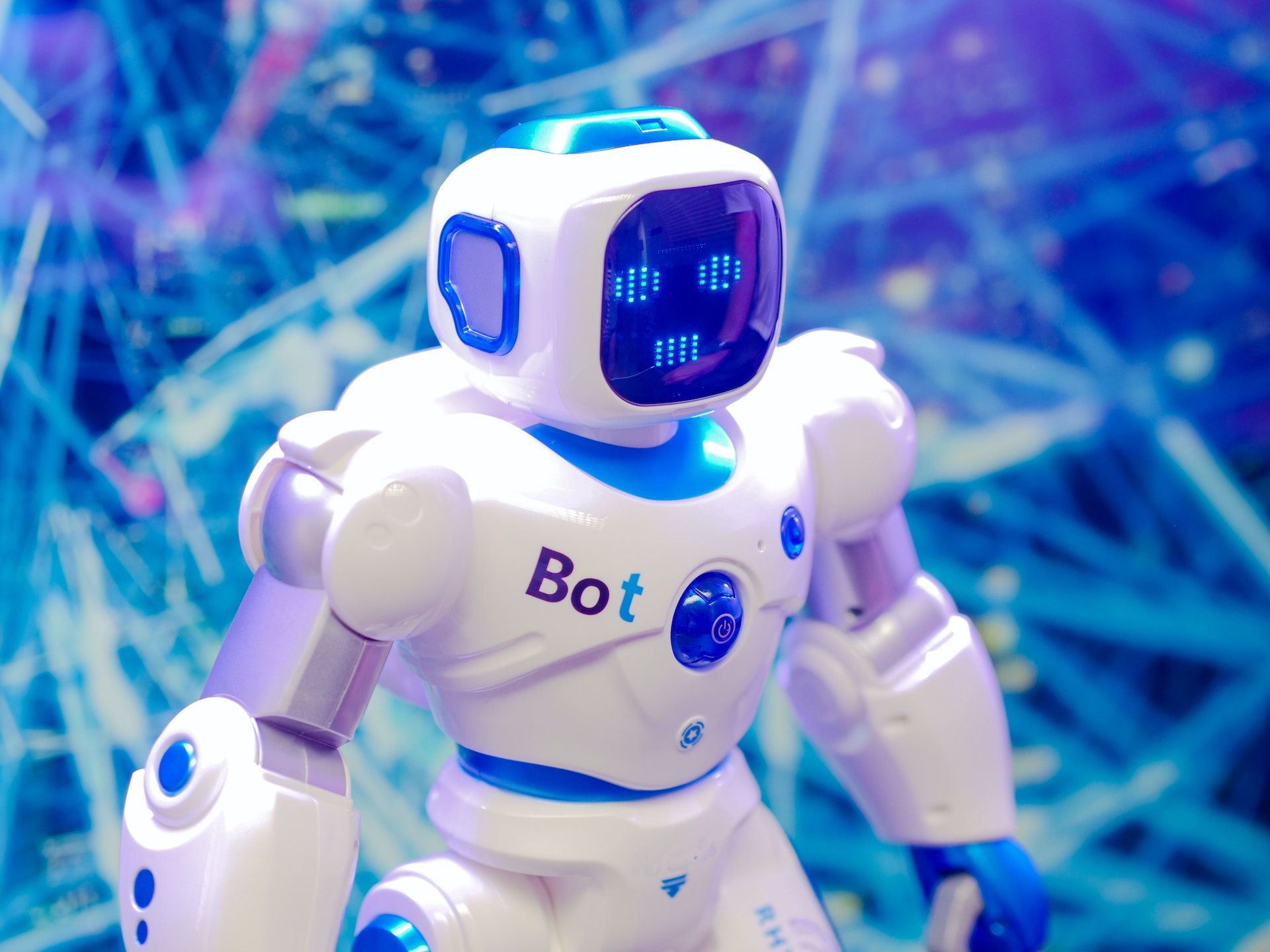Artificial intelligence (AI) is becoming a game-changer in the field of astrophysics, revolutionizing the way scientists study the universe. By using AI, researchers are able to analyze vast amounts of data in ways that were not possible before, leading to new discoveries and insights into the mysteries of the cosmos.
One of the key challenges in astrophysics is the analysis of large datasets. Observations of stars, galaxies, and other celestial objects generate huge amounts of data that can be difficult to process and interpret. For example, the Large Synoptic Survey Telescope (LSST), currently under construction in Chile, is expected to produce more than 30 terabytes of data per night, which will result in a total of 60 petabytes of data over the course of the survey.
To tackle this challenge, astrophysicists are turning to AI to help them process and analyze these vast amounts of data. AI algorithms are able to identify patterns and structures in the data that might otherwise go unnoticed, allowing scientists to make new discoveries and gain new insights into the workings of the universe.
One example of this is the use of AI in the analysis of gravitational waves. Gravitational waves are ripples in the fabric of spacetime that are produced by some of the most violent events in the universe, such as the collision of two black holes or the explosion of a supernova. Detecting these waves is incredibly challenging, as they are extremely faint and difficult to distinguish from other sources of noise.
To help with this task, researchers are using AI algorithms to analyze data from gravitational wave detectors, such as the Laser Interferometer Gravitational-Wave Observatory (LIGO) and the Virgo Collaboration. By using AI, scientists are able to detect gravitational waves that would otherwise go undetected, leading to new discoveries about the nature of the universe.
Another example of the use of AI in astrophysics is the analysis of galaxy images. By analyzing large numbers of galaxy images, AI algorithms can identify structures such as bars, spirals, and mergers, which can provide insights into the formation and evolution of galaxies. AI can also be used to classify galaxies according to their properties, such as their morphology, size, and brightness, which can help astronomers understand the distribution and evolution of galaxies in the universe.
In addition to these applications, AI is also being used in simulations of the universe. By using AI algorithms to model the behavior of dark matter, scientists are able to simulate the formation and evolution of large-scale structures in the universe, such as galaxies and galaxy clusters. These simulations can provide insights into the distribution of dark matter in the universe, which in turn can help scientists understand the nature of dark matter and its role in the evolution of the cosmos.
While the use of AI in astrophysics is still in its early stages, it is clear that it has the potential to revolutionize the way we study the universe. By enabling scientists to analyze vast amounts of data in ways that were not previously possible, AI is helping to unlock the secrets of the cosmos and advance our understanding of the universe. As AI technology continues to evolve, it is likely that it will play an increasingly important role in astrophysics and other fields of science, leading to new discoveries and breakthroughs that will change the way we see the world around us.




